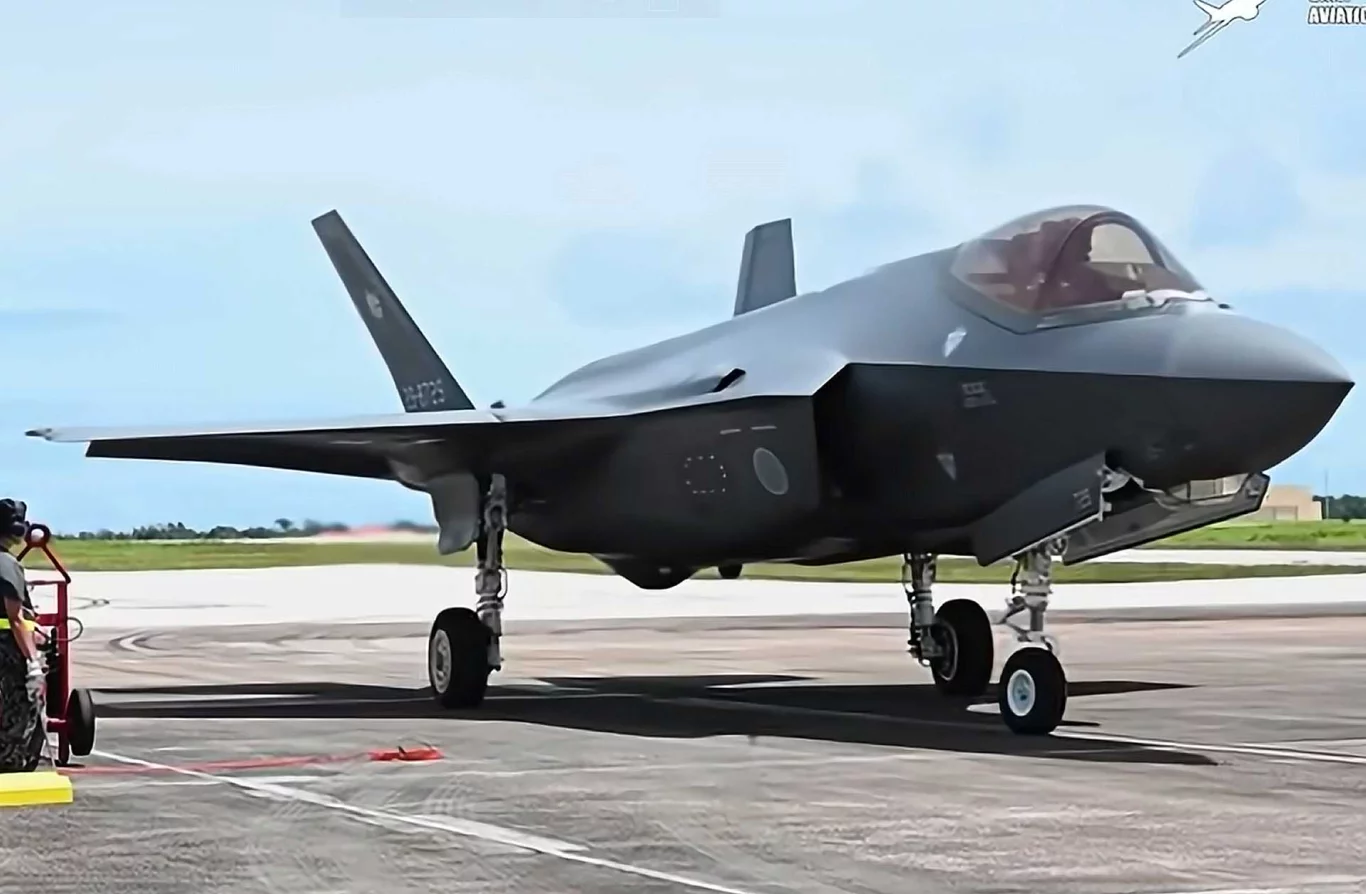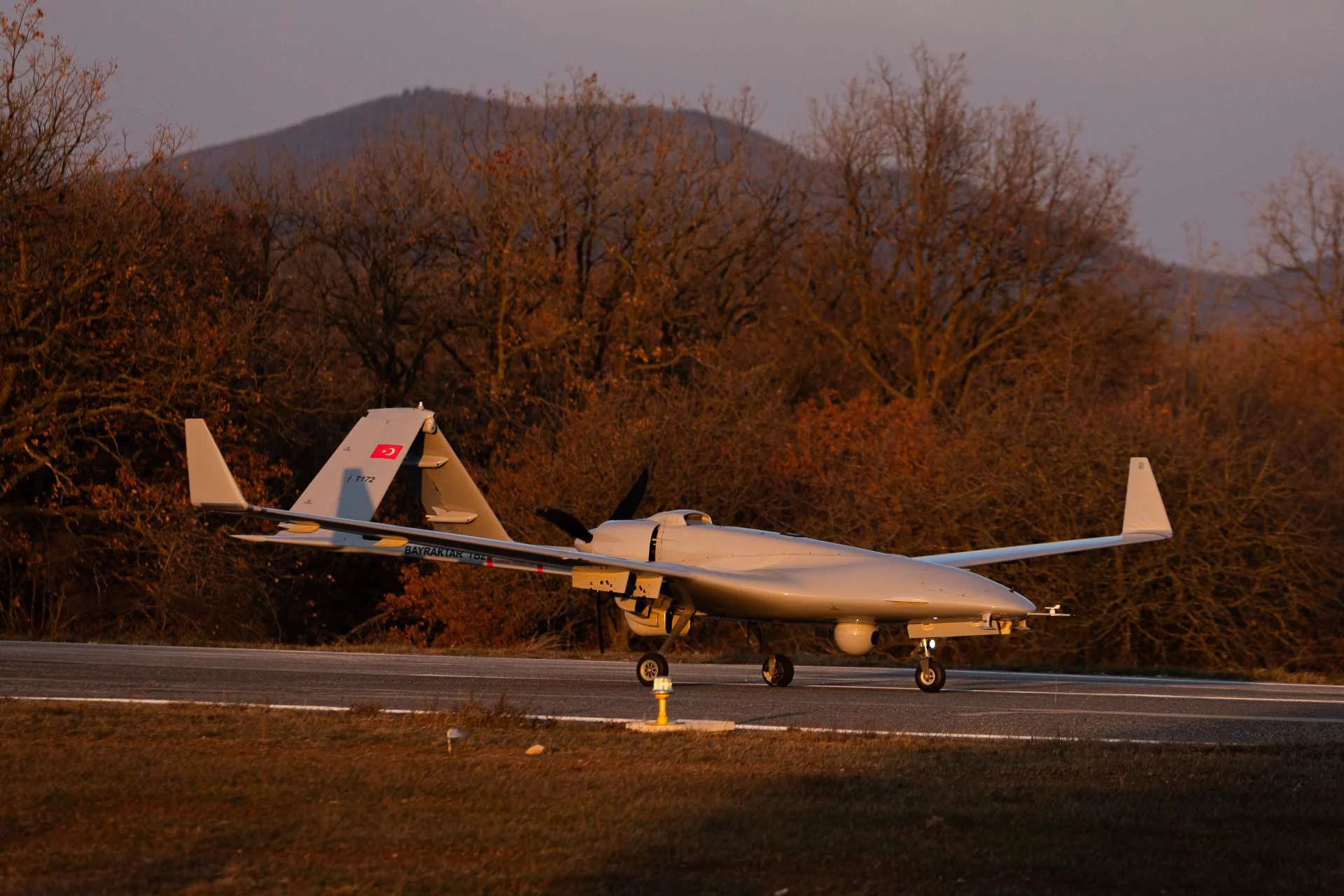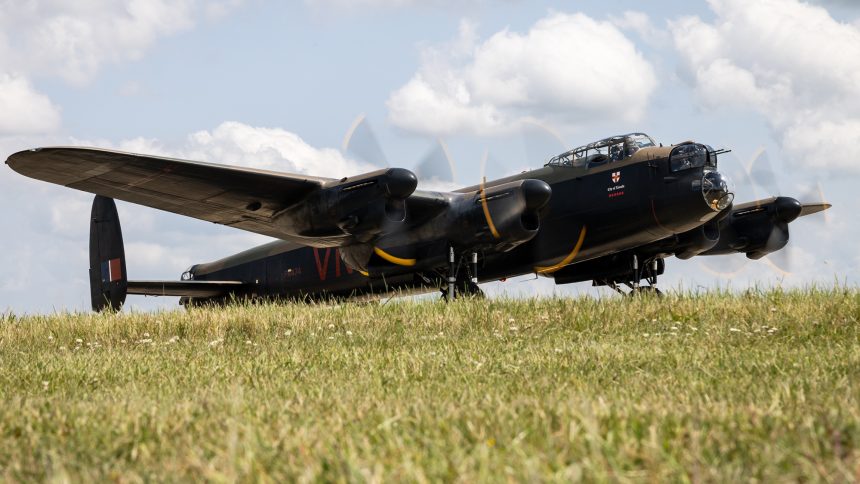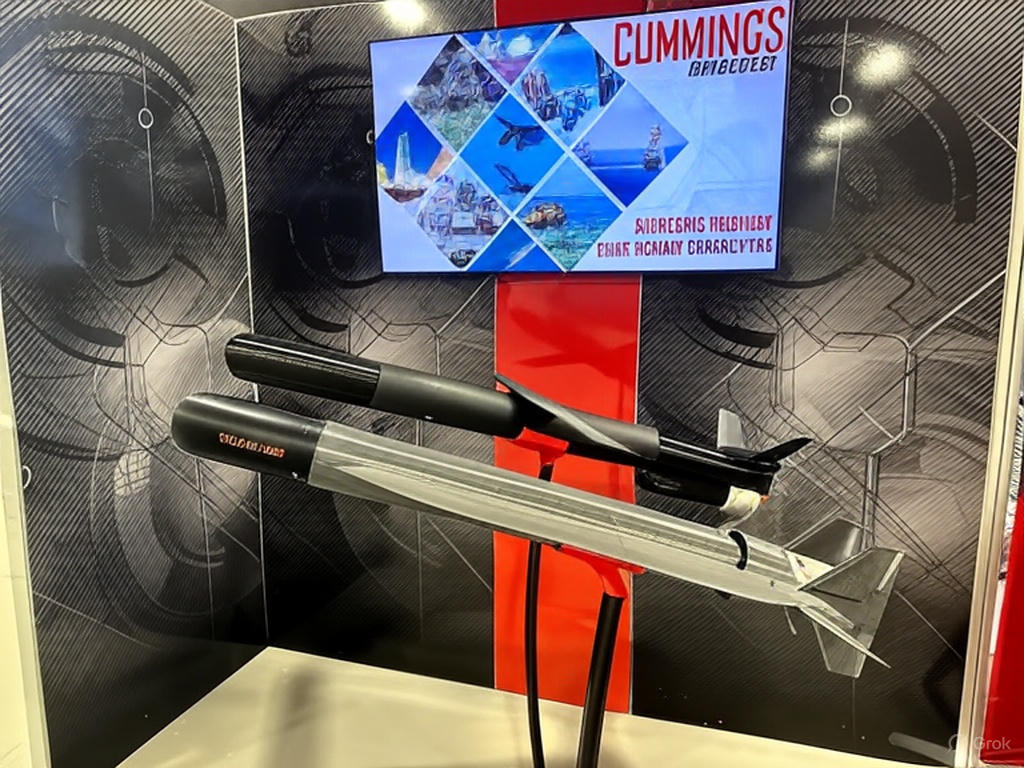In a significant move underscoring the enduring strength of the US-Japan alliance and strategic cooperation in the Indo-Pacific, former President Donald Trump recently announced the first shipment of advanced American missiles destined for Japan’s growing fleet of F-35 fighter jets. This declaration, made during a period of heightened geopolitical tensions and renewed focus on regional security, marks a crucial step in enhancing Japan’s air defense capabilities and reinforcing its role as a key security partner for the United States.
While the specifics of the missile types were not entirely detailed in the announcement, it is widely understood that these shipments would include state-of-the-art air-to-air and potentially air-to-ground munitions designed to maximize the F-35’s combat effectiveness. This development is not merely a transactional arms deal; it symbolizes a deeper commitment to interoperability, shared security objectives, and a united front against potential regional adversaries.
The F-35: A Game Changer for Japan
Japan has made substantial investments in acquiring the F-35 Lightning II, recognizing its unparalleled stealth, sensor fusion, and networked capabilities. The F-35 is not just a fighter jet; it’s a flying command and control node that significantly enhances situational awareness and combat effectiveness across the entire battlespace. With its ability to gather, process, and share vast amounts of data, the F-35 allows for a more coordinated and lethal response to threats.
However, the true potential of any advanced fighter jet can only be unlocked with the appropriate weaponry. A sophisticated aircraft without its tailored munitions is akin to a finely tuned sports car without fuel. This first missile shipment, therefore, is pivotal. It transforms Japan’s F-35s from advanced platforms into fully capable, deterrent forces.
Why This Shipment Matters: Strategic Implications
- Enhanced Deterrence: The integration of advanced US missiles dramatically boosts Japan’s ability to defend its airspace and maritime interests. With potent air-to-air missiles like the AIM-120 AMRAAM (Advanced Medium-Range Air-to-Air Missile) or AIM-9X Sidewinder, Japan’s F-35s can engage targets at longer ranges and with greater precision, raising the cost and risk for any potential aggressor.
- Strengthening the US-Japan Alliance: This transfer of cutting-edge technology reaffirms the deep trust and strategic alignment between Washington and Tokyo. It demonstrates the US commitment to equipping its allies with the best possible tools for self-defense and collective security, particularly in a region facing increasing military modernization from other powers.
- Interoperability and Joint Operations: Modern warfare necessitates seamless coordination between allied forces. By equipping Japan’s F-35s with standard US munitions, interoperability is significantly enhanced. This means that in the event of a crisis, US and Japanese forces can operate more effectively side-by-side, sharing resources and tactics with greater ease.
- Regional Stability: A militarily capable Japan contributes directly to stability in the Indo-Pacific. A strong Japan acts as a crucial anchor in the regional security architecture, discouraging aggressive actions and promoting a balance of power. This missile shipment is a clear signal that the US supports Japan’s growing role in maintaining regional peace.
- Economic and Industrial Benefits: While primarily a defense initiative, such sales also have economic implications, supporting US defense industries and fostering long-term defense cooperation projects that can benefit both nations.
The Broader Context: Geopolitical Landscape
President Trump’s announcement comes at a time when the Indo-Pacific region is a primary focus of global security discussions. The rising military power of China, its assertive actions in the South China Sea, and ongoing tensions on the Korean Peninsula all underscore the critical need for robust defense capabilities among US allies.
Japan, situated at a strategic crossroads, is at the forefront of these challenges. Its commitment to increasing its defense spending and modernizing its forces reflects a clear understanding of the evolving threat environment. The F-35s, armed with these advanced missiles, will form a cornerstone of Japan’s future air defense strategy, enabling it to project power and protect its sovereign territory more effectively.
Looking Ahead
This initial missile shipment is likely just the beginning of a sustained effort to fully arm Japan’s F-35 fleet. As Japan continues to acquire more F-35s – including the F-35B short take-off and vertical landing (STOVL) variant for its Izumo-class destroyers (which are being refitted as aircraft carriers) – the need for comprehensive missile inventories will only grow.
The Trump administration’s decision to expedite this critical military aid sends a strong message: the United States stands firmly with its allies, committed to upholding security and stability in the face of complex and evolving threats. This collaboration on advanced defense capabilities serves as a testament to a partnership built on mutual respect, shared values, and a common vision for a free and open Indo-Pacific.




